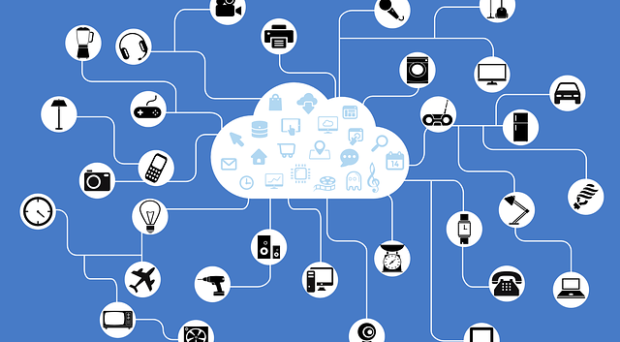
Intentionally or not, every day you are creating data about yourself — and a lot of it. This data comes from your smartphone, your Fitbit, and even your thermostat and refrigerator. Any device connected to the internet that you use is collecting information about you, your behaviors, and your activities.
Together, these devices are referred to as ‘The Internet of Things’ or IoT for short. The term was originally coined in the late 1990s to refer to the data that computers compiled on their own, as opposed to relying on data entry from people. Since then, new technologies like wearable devices have made it even easier for computers to create, collect, and store data without us even realizing it.
In a recent interview, Sam Hanna, program director for HealthInformatics@GW, the online masters in health informatics program offered by The Milken Institute School of Public Health at The George Washington University, spoke about how wearable technology will affect healthcare. According to Hanna, “Whether it is [wearables] or whatever other device that will be invented over the next three years, all that’s going to do is generate more data and more demand for data … . Through analyzing this data, ultimately what we can address is the patient outcome.” Data is already being used to predict health trends, anticipate disease outbreaks, and cure illnesses. In the future, it will be integral in the prevention and early detection of disease.
Experts speculate that by 2020, there will be between 26 billion and 100 billion connected devices.
If we want to harness the possibility of the data that is being collected, we have to understand where it comes from. The Internet of Things includes all connected devices, not just those directly associated with healthcare. Activity trackers, for example, have an obvious association with health. But what about things like home appliances? Though a thermostat does not have an apparent connection to personal health, the data it collects still says something about the behaviors of the people who use it. The problem with this data is that it is disjointed and often lacks context. By finding ways of standardizing and regulating this disjointed data, we could potentially paint a much more detailed picture of an individual than by just using health data. There is still so much we have to figure out about how to analyze this data and what can be done with those results.
The amount of data being collected in only going to increase with more people using more connected devices. Experts speculate that by 2020, there will be between 26 billion and 100 billion connected devices. In 2015, 39.5 million adults in the United States (16 percent) used wearable technology. By 2019, that number is expected to increase to almost 87 million.
The Internet of Things offers opportunities for health care providers and patients alike.
More devices and more data means greater potential to track, manage, and predict behaviors that could result in improved health outcomes. Though it isn’t strictly a medical concept, IoT has large implications for the future of healthcare. One of the main challenges is finding ways to connect data without sacrificing privacy. If cybersecurity continues to be a major issue in healthcare, people may become more skeptical of using connected devices.
The Internet of Things offers opportunities for health care providers and patients alike. In order to convince people of its benefits, they must first be assured of its security. With the rapid increase in the use of connected devices among the general public, policy is at risk of lagging dangerously behind technology.
The decisions of policymakers will ultimately shape the future of The Internet of Things into one of two directions: A threat to the privacy of individuals or an opportunity for the improvement of healthcare.
Comments